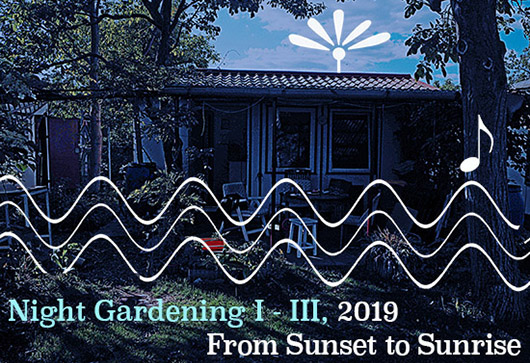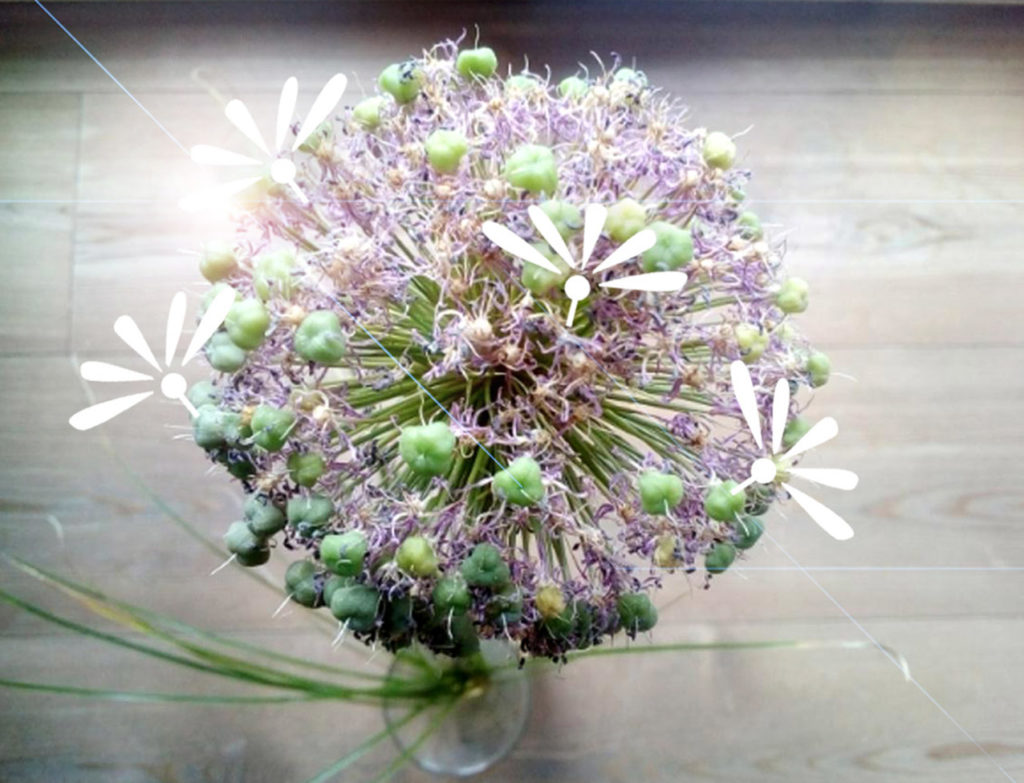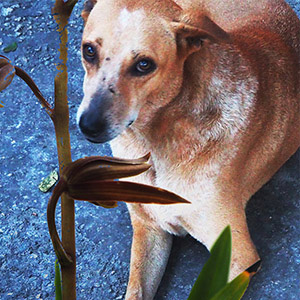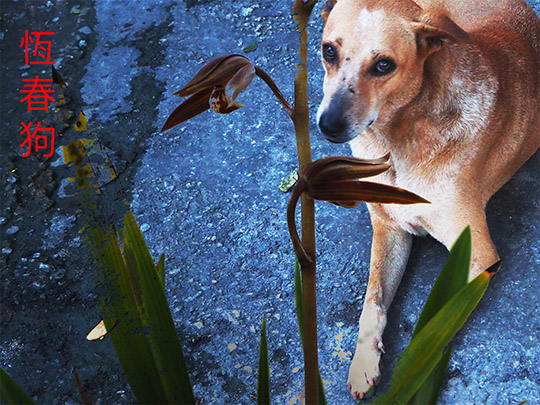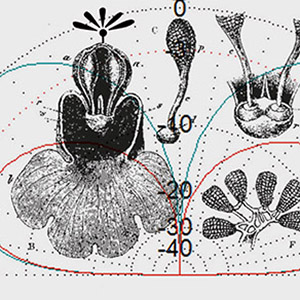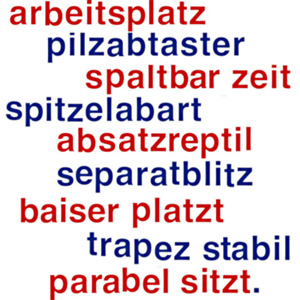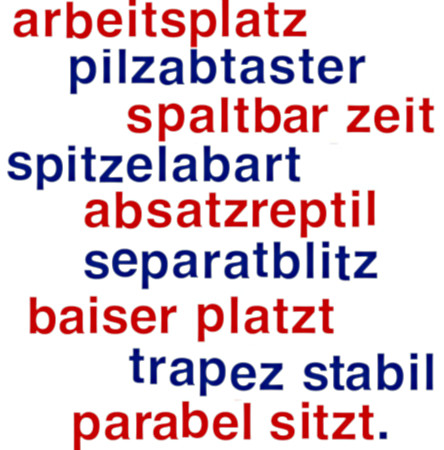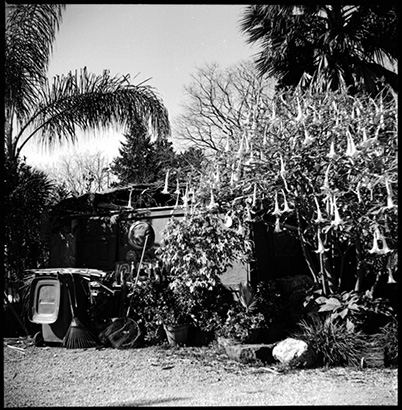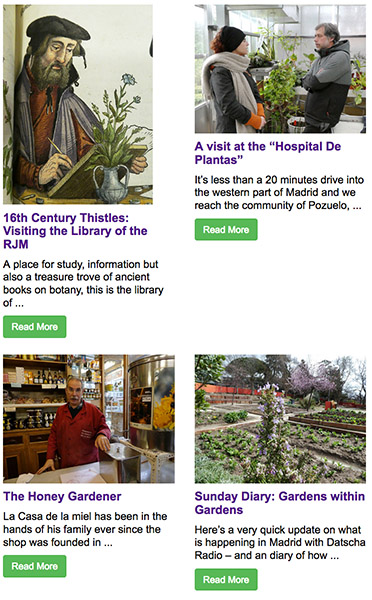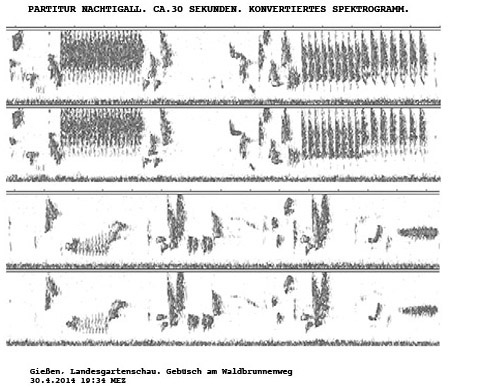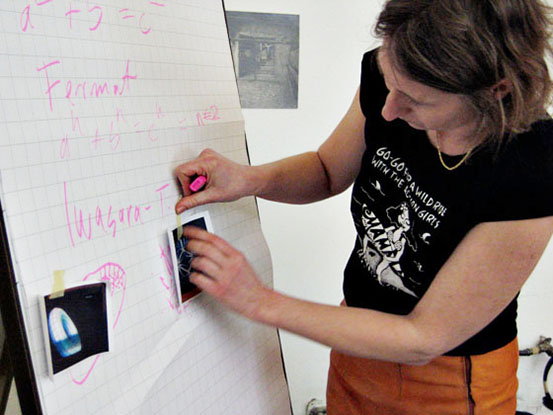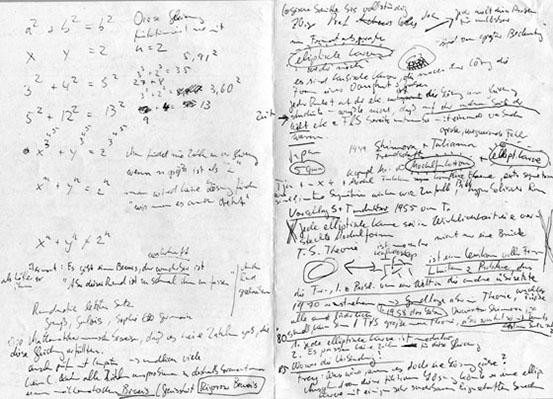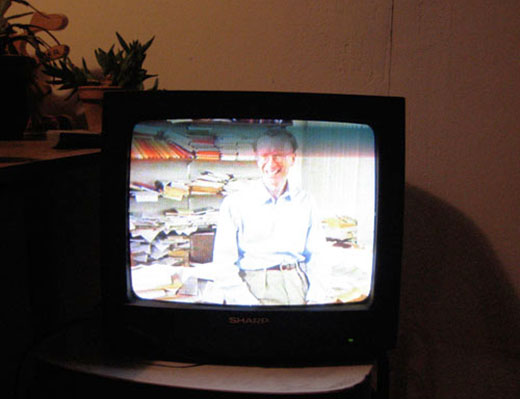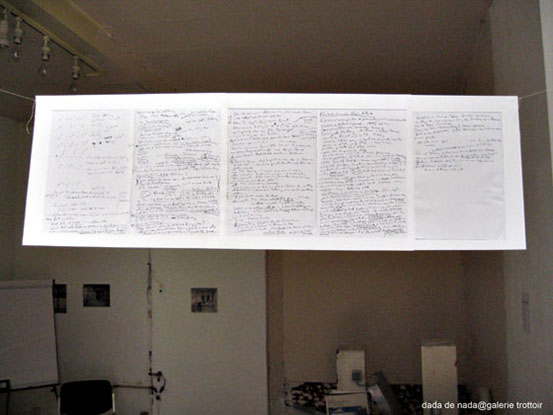Catalogue Contribution
40 pages, illustrated, bilingual. Besides being one of the authors I also acted as an editor, translator and part-time graphic designer for this most recent Datscha Radio documentation. Co-authors: Kate Donovan, Niki Matita, Verena Kuni, Suki Shanti Osman, Rafik Will. Layout: Susann Richter
“Merde – C’est une belle chose” – the radiophonic opening of our second radio day began with a quote from Alfred Jarry and a contemplation of this special mass by the artist Kerry Morrison. Her text “Body Garden Experiment” describes intercontinental transportation of seeds, the body as a catalyst for multiplication and dispersal: “Clearly, my body waste was not entirely waste material. It had fecundity.”
Datscha Radio17’s “New Symbioses”, in their combination of food, biology, radio(making), ecology and experiment, continued to take on new forms throughout the day. In contemplating the day’s essence, the thought surfaces as to whether or not a radio day can be envisaged as a body. On this elongated, partly winding, partly translucent body which spreads via radio waves across the garden and into the world, there are openings and enates, there are dish-like hollows where tomatoes are stacked next to fishes, and there are tentacles equipped with LEDs emitting the most diverse signals. This body is not human and it is not garden. It is not a breed – not by nature – and it is not a system. Four examples of our symbiotic broadcasting body must suffice to highlight the day’s events.
Raymond Brouwers from Urban Street Forest reaches the Datscha just in time for Carte Verte. It should be clear to us, says Raymond, that our (Western) lifestyle devours landscapes elsewhere, it robs them of water, energy and resources. In the unification of vertical city greening and reforestation, for every urban tree planted, so is another one in areas threatened by desertification. His “One Tour Tree Forest” tour will take him throughout Europe this winter, where he will scout out new buildings for greenification.
The home of symbiosis is the interstice. There it thrives, there it makes its connections: between the buildings of the city, between the continents, between the material and the immaterial, between human and machine. In its semi-opaque depths, hidden in the vibrant folds of its existence, question and answer, wonder, fallacy and fact become one. What could knowledge and learning mean in the future?
After a moment of hesitation, and an effort to imitate a moth, our radio body takes on the shape of orchid blossoms. The broadcast “Hidden elements: reciprocal knowledges” by Shanti Suki Osman and Kate Donovan evolves into circular vortexes of talk – interrupted every so often by a “wow” – about the communication of nonhuman garden dwellers. There are species of orchids that mimic the body of female wasps in order to attract the appropriate pollination partner. Others, in turn, are able to create a sound that resembles the frequency of potential prey insects…
A couple of hours later: A long, thin black cable winds out of a knife’s handle, disappears into the inscrutable tangle on the table and ends up at a keyboard and an assortment of switches. Kasia Justka’s “Singing kitchen” performance merges cutlery and gadgetry, music and electronics into continually new improvised soundscapes.
New Symbioses: Do they require our faculties of imagination? Do they need their own invention? Or could it suffice to translate what already exists into ever-new oscillations? Is not radio itself a symbiotic source of communication and a ‘world receiver’? By the end of the day the channels of the Datscha Radio body open up for breakfast at the other end of the world. We broadcast yet we don’t: Sophea Lerner’s “Saturday Night Breakfast” from Sydney is streamed onto our server whilst we sit down in the nightly garden to finish off the remains of the tomato salad and listen. New seeds for mind and body!
